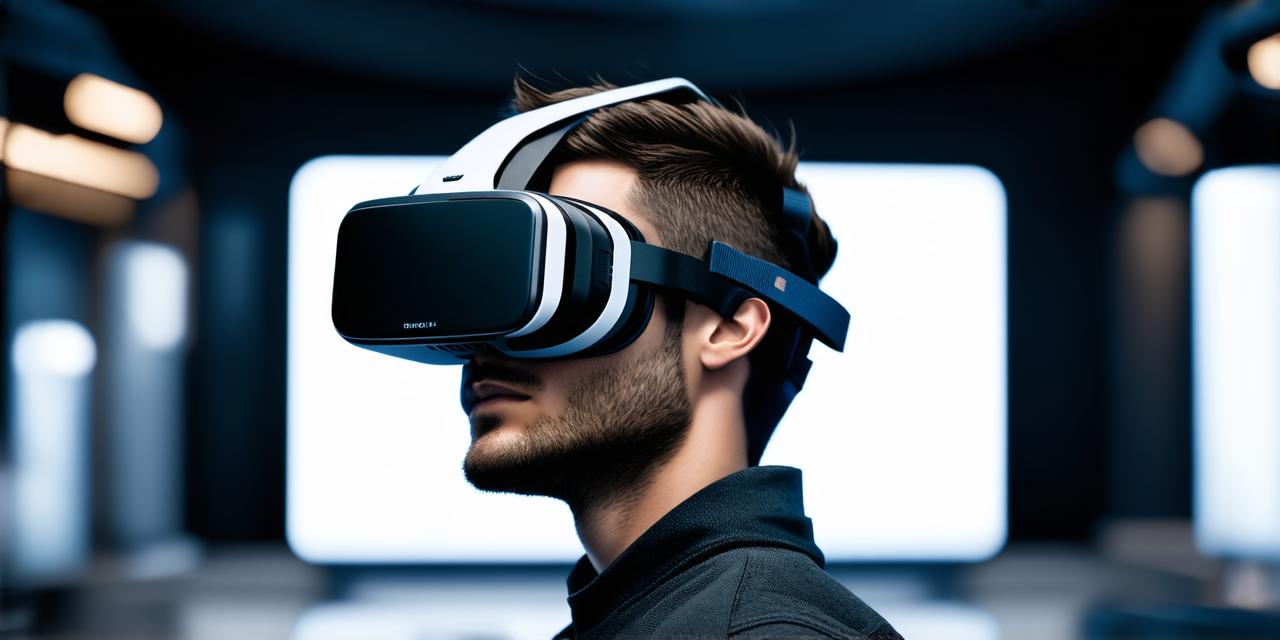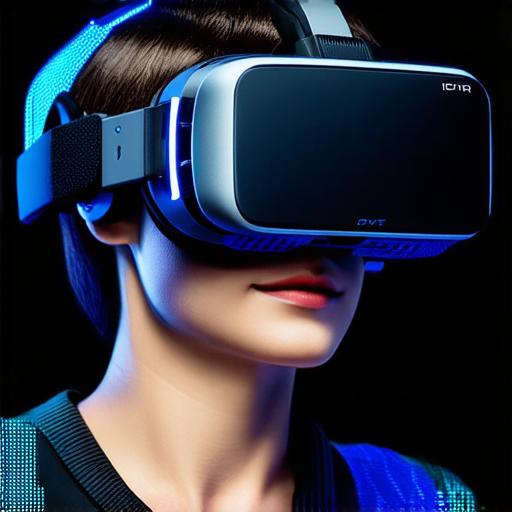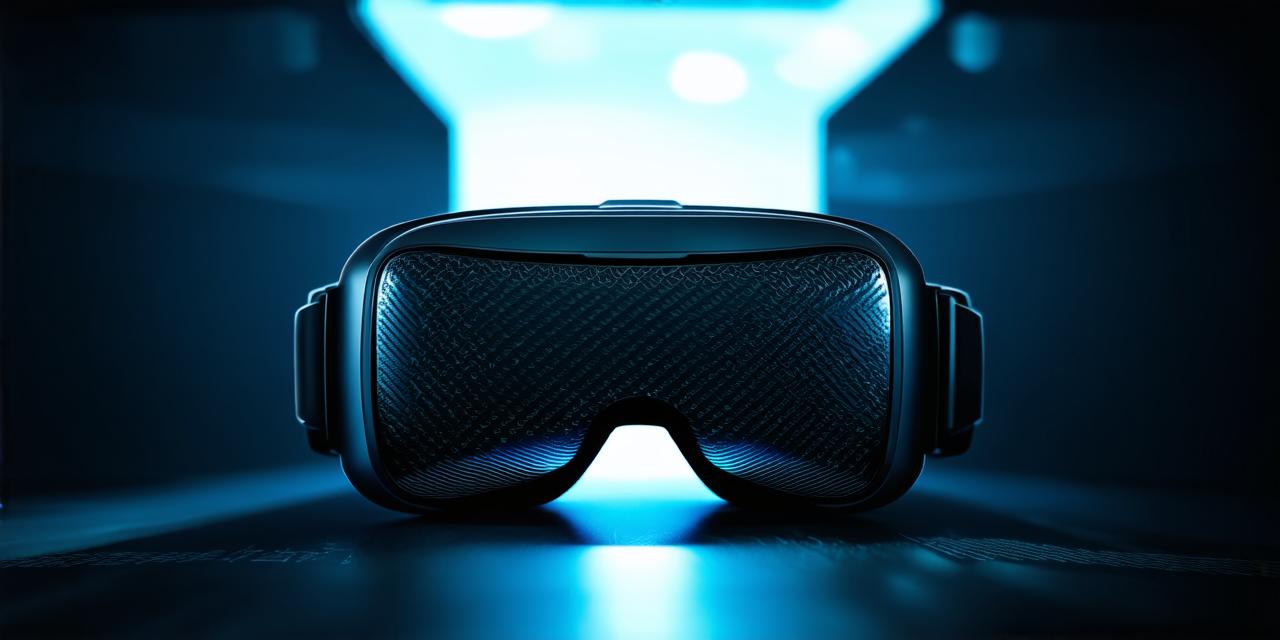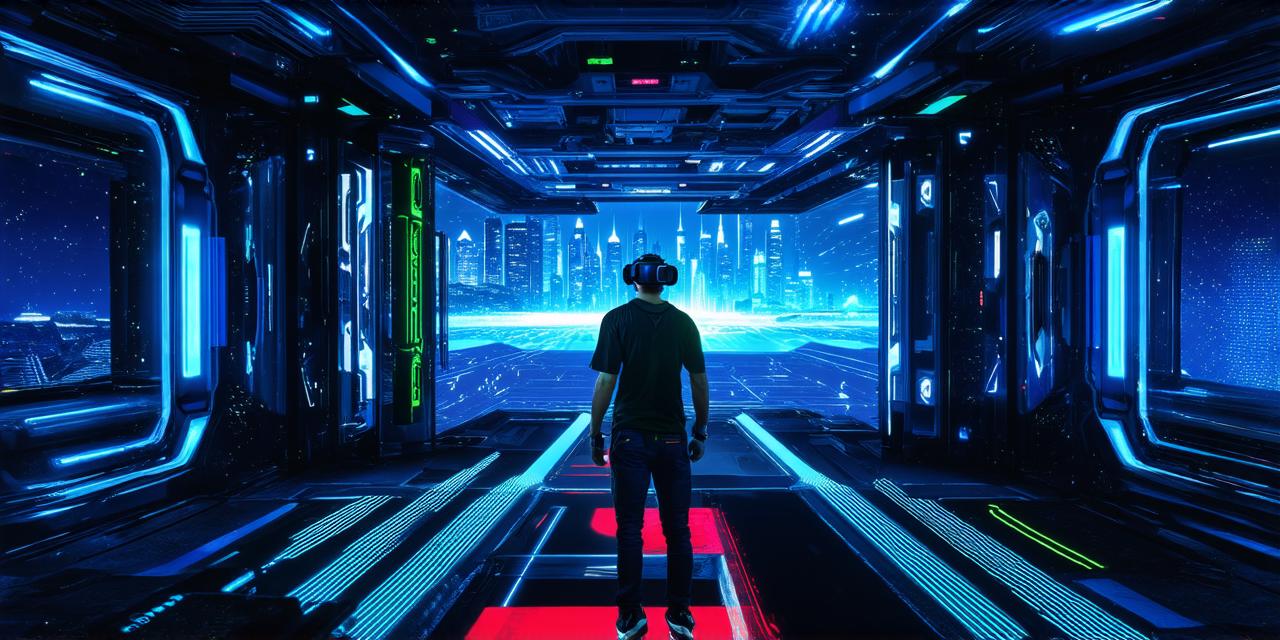
Why is VR being developed?
Virtual Reality (VR) technology has been a major topic of interest for many years, with researchers and developers working tirelessly to create immersive and interactive experiences that can transport users into new worlds.
In this article, we will explore the reasons why VR is being developed and what some of its potential applications may be.
Table of Contents
ToggleEntertainment:
One of the main drivers behind the development of VR is entertainment. With VR technology, users can experience immersive and interactive environments that can transport them into new worlds, allowing them to explore and interact with fantastical landscapes in a way that was previously impossible.
This has led to the creation of a range of VR-based games and experiences that offer players an entirely new level of engagement and immersion.
Training and Simulation:
Another area where VR technology is being developed is in training and simulation. By creating realistic virtual environments, VR can provide users with hands-on training without the risk of injury or damage to equipment.

This has been particularly useful in fields such as medicine, where VR can be used to simulate surgeries and other procedures, allowing medical students and professionals to practice their skills in a safe and controlled environment.
Education:
VR technology is also being developed for use in education. With VR, students can experience virtual field trips and historical reenactments, which can help them better understand complex concepts and ideas.
Additionally, VR can be used to create interactive learning experiences that engage students and make learning more fun and interactive.
Therapy:
VR technology is also being developed for use in therapy, particularly in the treatment of mental health disorders such as anxiety and depression. By creating virtual environments that simulate real-life situations, VR can help patients confront and overcome their fears in a safe and controlled environment.
This has the potential to significantly improve the effectiveness of therapy and reduce the need for costly and time-consuming treatments.
Accessibility:
Finally, VR technology is being developed to make virtual experiences accessible to people with disabilities. For example, VR can be used to create virtual environments that are accessible to individuals with mobility impairments, allowing them to experience immersive and interactive environments without the need for specialized equipment or training.
In conclusion, the development of VR technology is driven by a range of factors, including entertainment, training and simulation, education, therapy, and accessibility. As this technology continues to evolve and improve, it has the potential to revolutionize the way we learn, work, and play.

